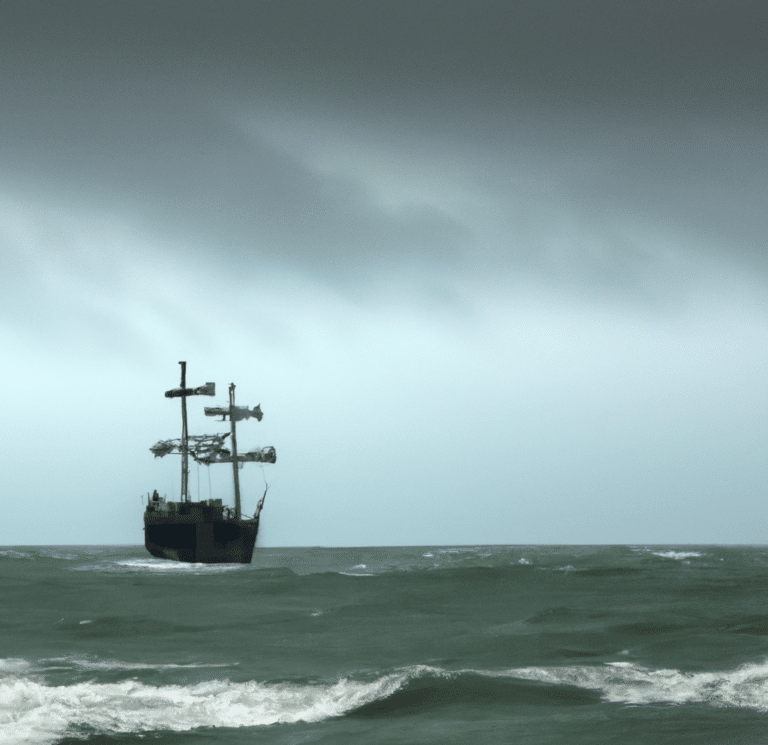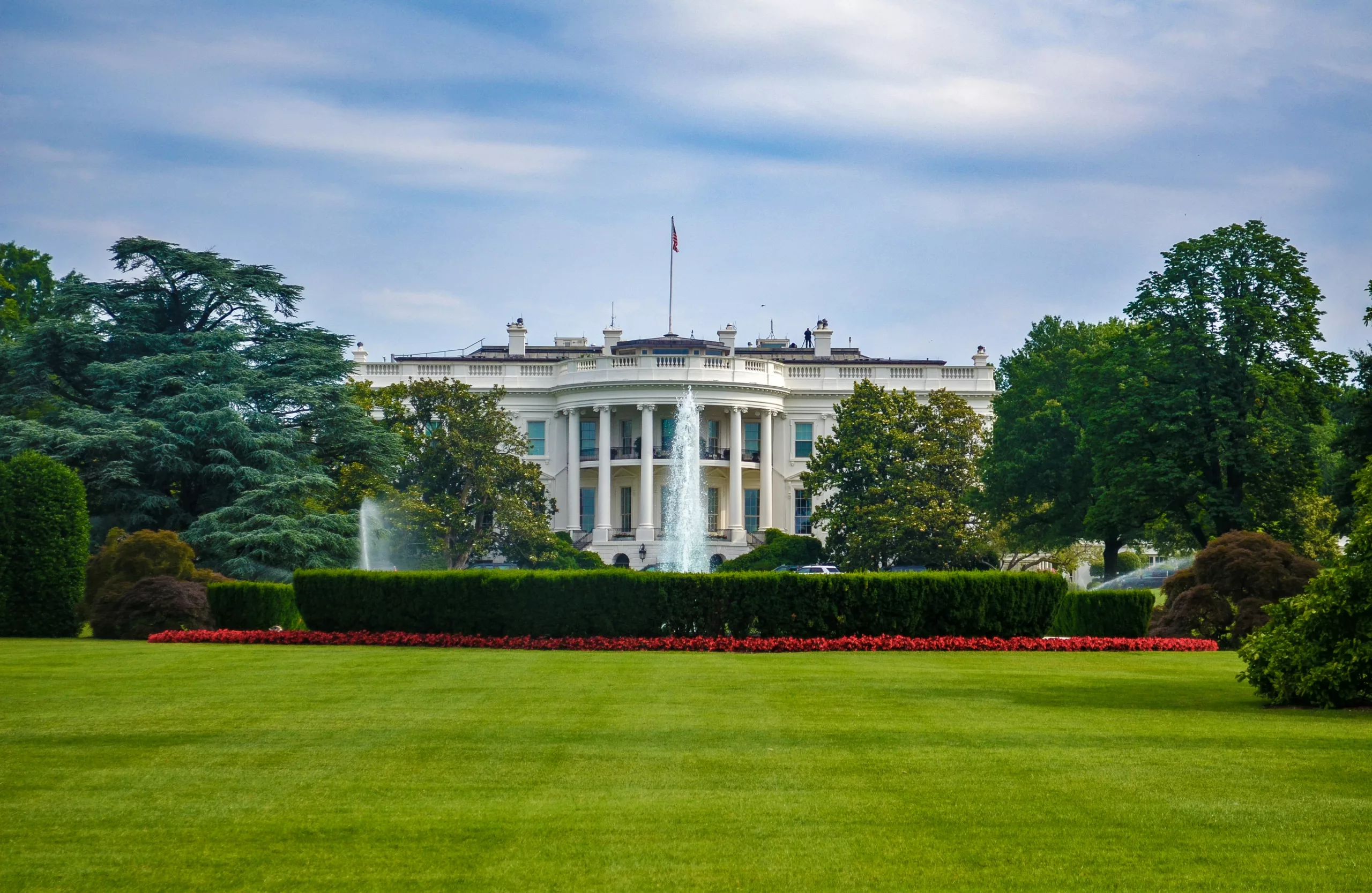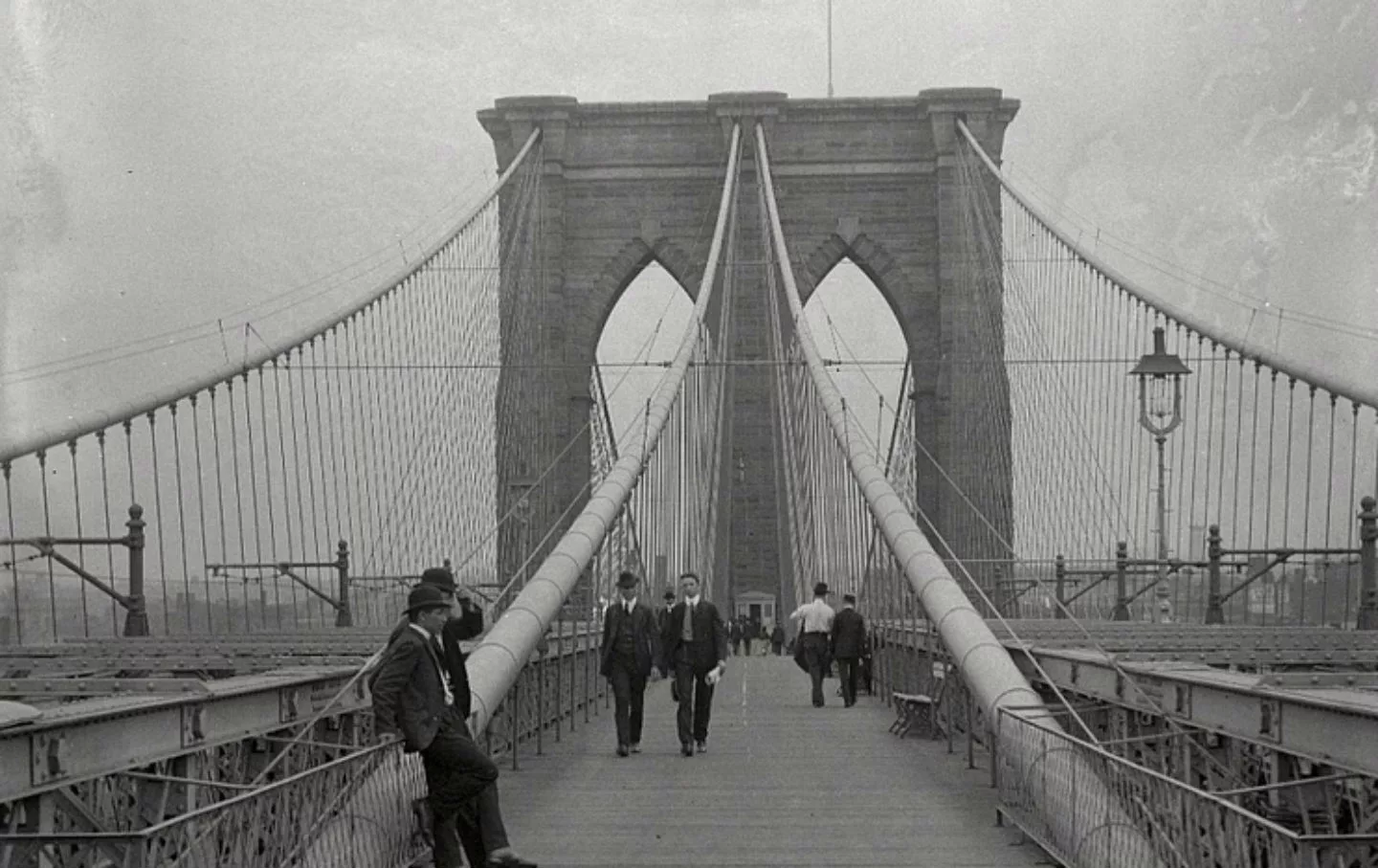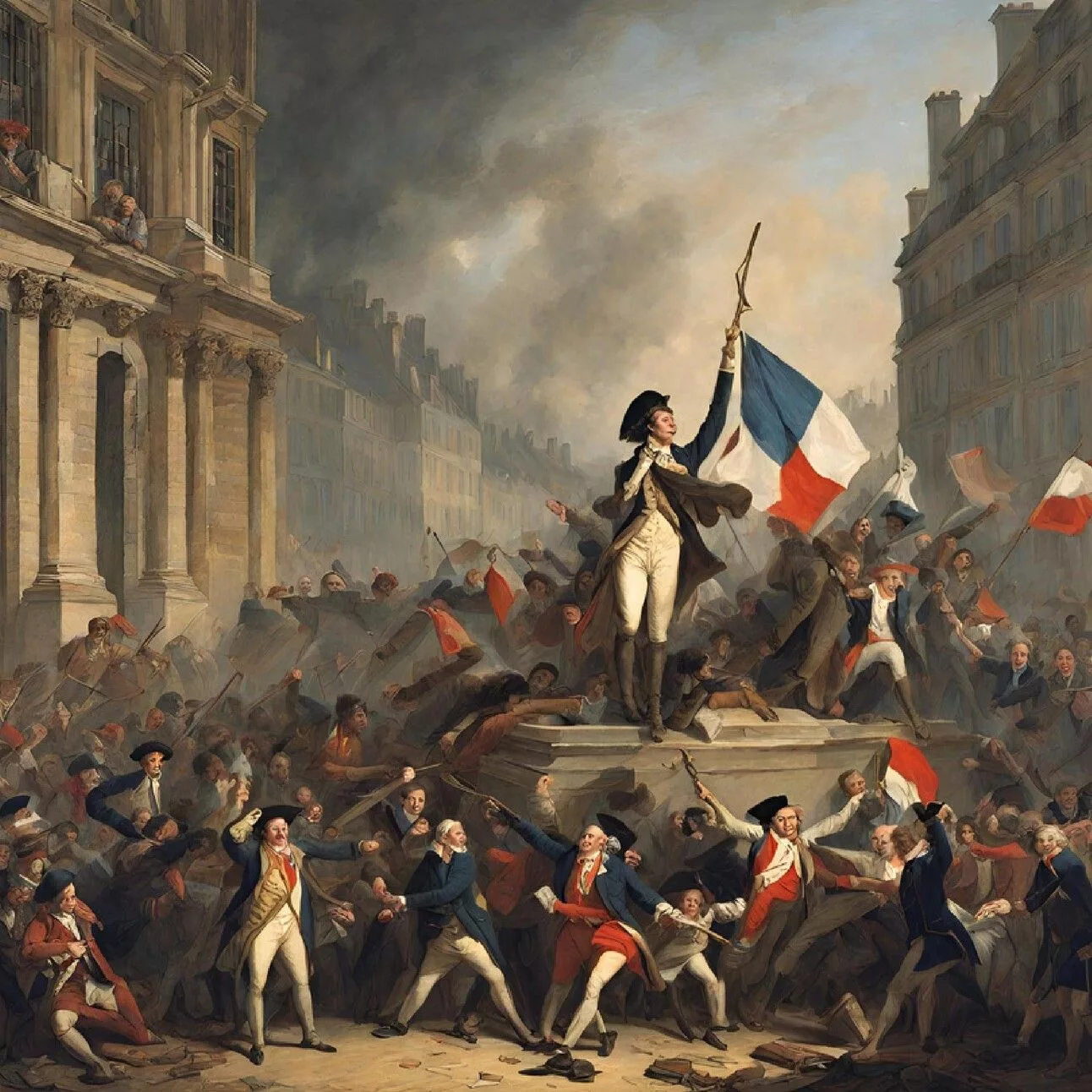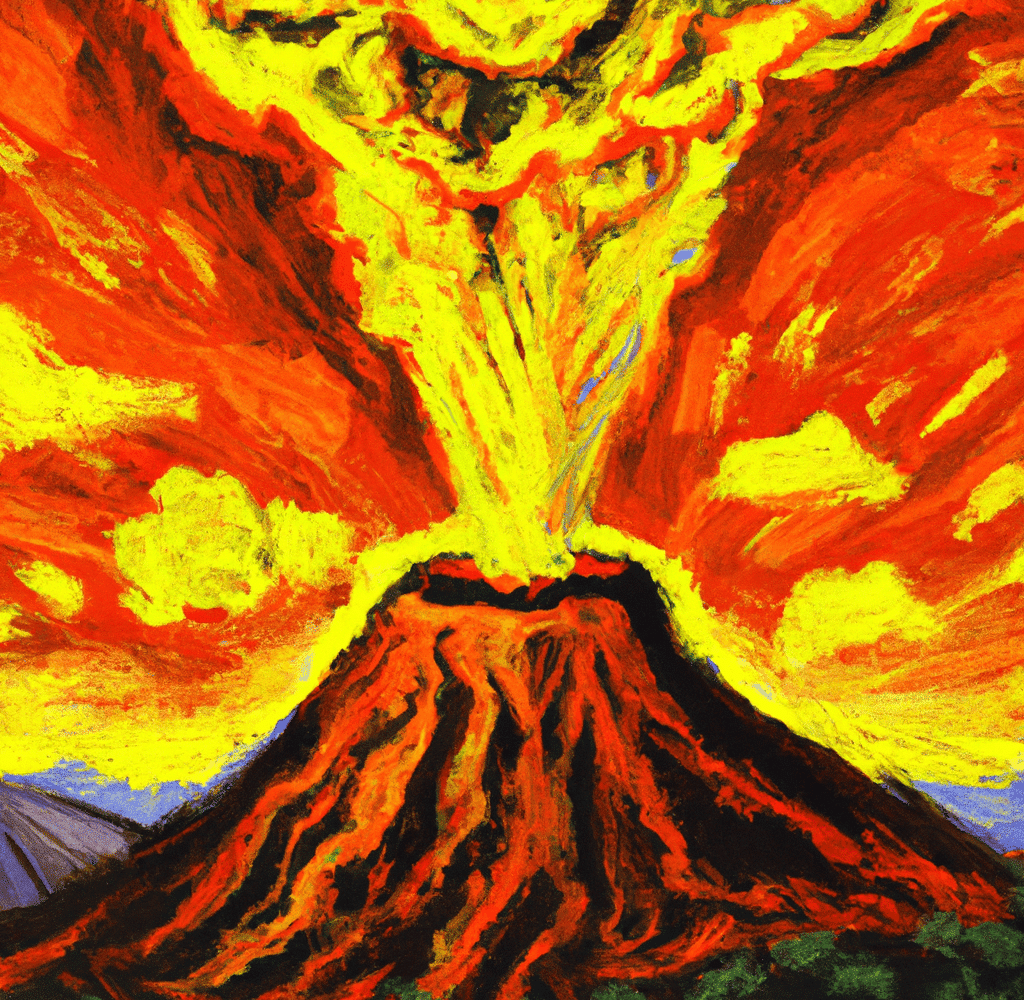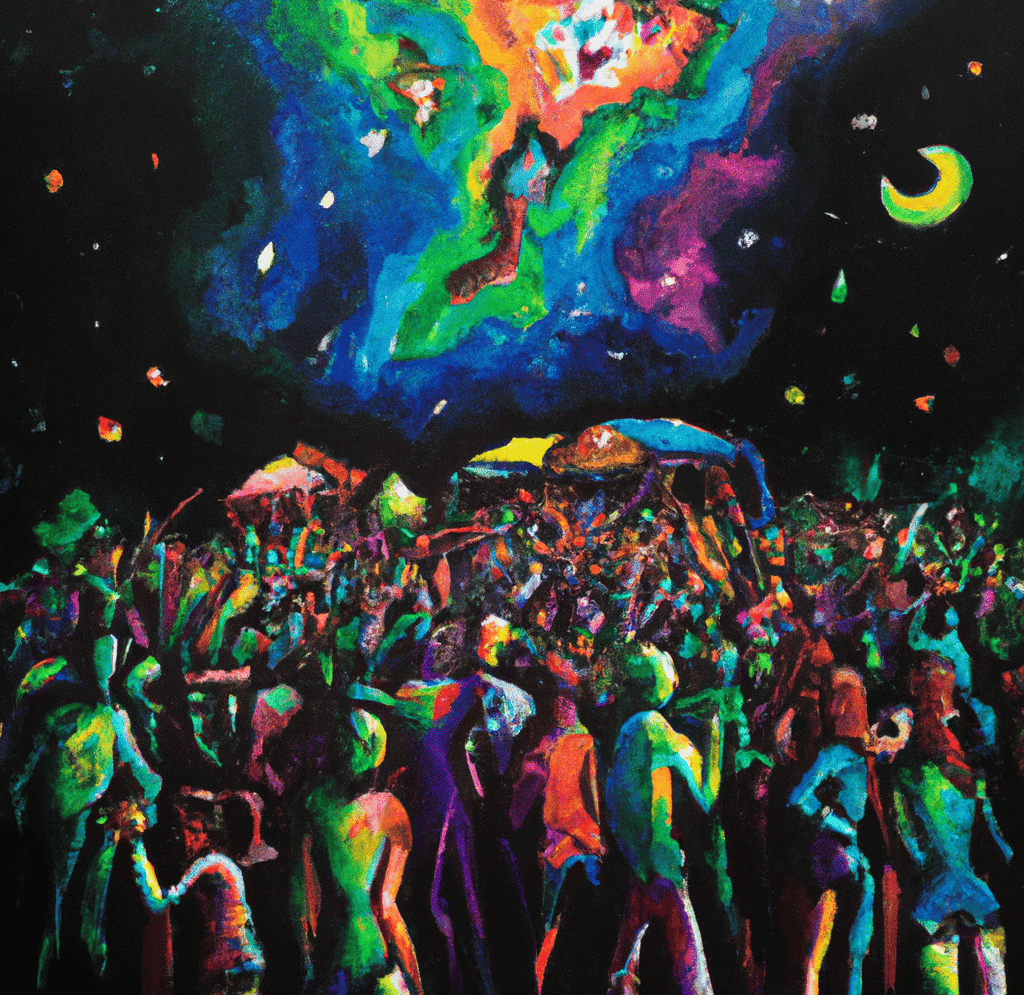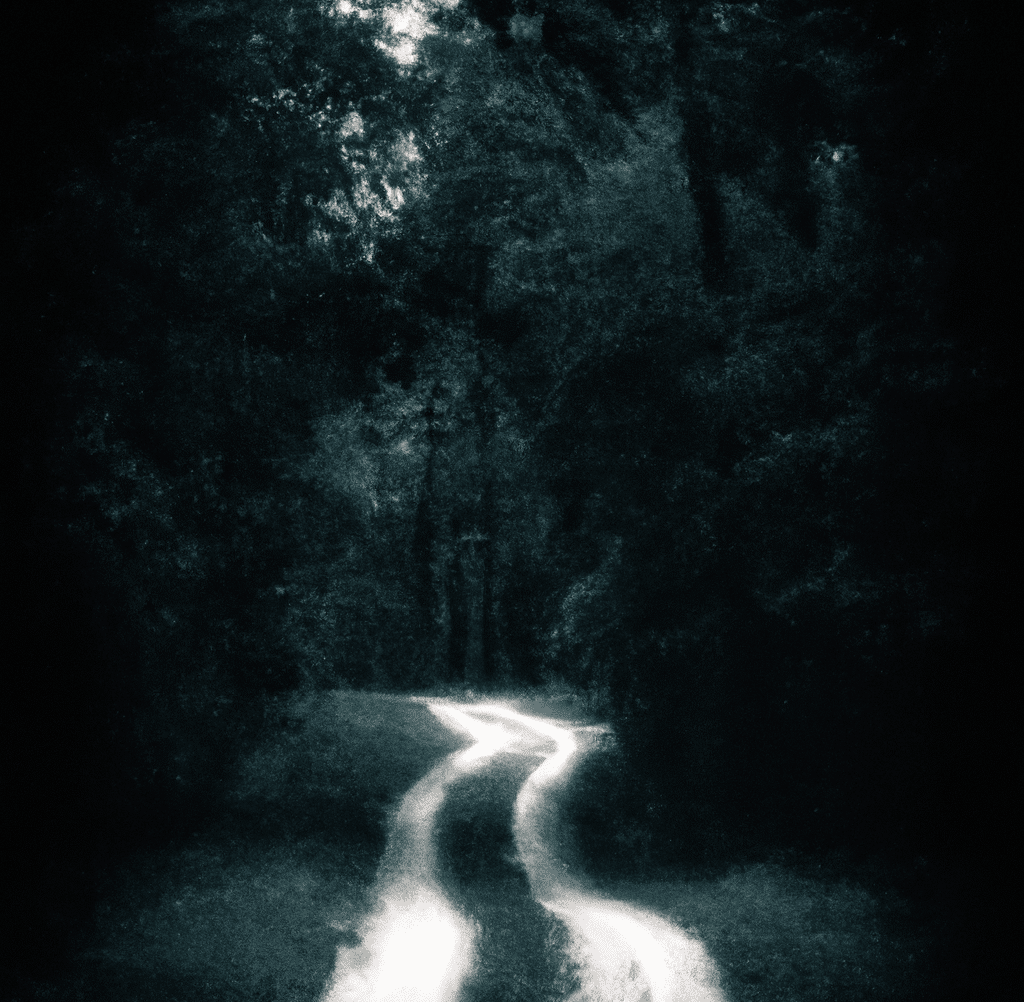Dear History Enthusiast,
Welcome to another exciting edition of the Historyinmemes Newsletter! Today, we go into a tantalizing journey down the legendary Spice Routes, uncovering the rich tapestry of history and flavor that has shaped our world.
🌶️ The Spice Routes – A Flavorful Odyssey Our exploration takes us back in time to the origins of the Spice Routes, a network of trade routes that connected the East and the West. This ancient web of commerce not only facilitated the exchange of spices but also cultures, technologies, and ideas.
🌍 Spices: The Allure of Exotic Flavors: The allure of spices like cinnamon, pepper, and cloves has been captivating humanity for centuries. These aromatic treasures didn’t just add flavor to food; they added an element of luxury and mystique to cuisine. Their intoxicating scents and tantalizing tastes inspired culinary creativity and made even the simplest dishes into indulgent feasts.
The Engine of Exploration: The pursuit of these exotic spices was a powerful catalyst for exploration. As merchants and explorers sought to find the source of these coveted goods, they embarked on daring voyages into the unknown. The legendary Silk Road and maritime Spice Routes were the highways of adventure, connecting the East and the West in a grand tapestry of exploration.
Birth of Empires: The spice trade was the crucible for the birth of empires. European powers such as Portugal and Spain, seeking direct routes to the Spice Islands and the East, set in motion the Age of Exploration. Their determination to control these lucrative trade routes had far-reaching consequences. It led to the discovery of new continents, the colonization of distant lands, and the establishment of vast empires. It was the pursuit of spices that set the stage for the rise of global superpowers.
Bold Navigators and Daring Discoveries: Navigators and explorers of the era, from Vasco da Gama to Ferdinand Magellan, braved treacherous seas and faced the unknown in their quest for spices. Their journeys were nothing short of epic, marked by encounters with new cultures, the mapping of uncharted territories, and the emergence of a new understanding of the world’s geography.
Economic and Cultural Exchange: The spice trade was more than just a transaction of goods; it was a vehicle for the exchange of cultures, languages, and ideas. It fostered connections between people of different backgrounds, bringing them into contact with each other’s beliefs and traditions. The result was a cultural tapestry enriched with diverse influences.
🚢 Voyages of Courage: Step aboard the historic ships that ventured into the treacherous waters of the Spice Routes. These maritime journeys were not just about trading spices; they were epic odysseys of courage and discovery. As merchants set sail, they encountered a world fraught with challenges, from menacing pirates to unpredictable weather, and from shifting political landscapes to the vast, uncharted expanses of the oceans.
Legendary Explorers and Adventurers: The Spice Routes brought to life the legendary explorers and adventurers of their time, whose daring voyages are etched into the annals of history. We’ll introduce you to iconic figures like Marco Polo, the Venetian traveler whose epic journey along the Silk Road illuminated the riches of the East.
Vasco da Gama, the Navigator of Spice: Vasco da Gama, another prominent explorer, sought a direct sea route to the Spice Islands. His successful voyage around the southern tip of Africa, known as the Cape of Good Hope, opened a new chapter in the spice trade and marked a significant turning point in the Age of Exploration.
Christopher Columbus’ Spice Quest: Even Christopher Columbus, renowned for his transatlantic voyages, was on a quest for spices when he stumbled upon the Americas. Though he didn’t reach the Spice Islands, his discoveries forever altered the course of history.
Traversing Uncharted Waters: These mariners set forth into the unknown, often with limited navigational aids and rudimentary maps. They sailed into uncharted waters, guided by a spirit of adventure and an insatiable thirst for the exotic flavors and wealth of the East. These voyages were marred by challenges, from the scorching heat of the tropics to the perils of violent storms.
The Legacy of Spice Route Explorers: The daring voyages of these intrepid explorers forever transformed our understanding of the world. They uncovered new lands and created links between distant cultures, leaving behind a legacy that continues to influence our modern world.
🌐 Spices as Currency and Power Spices weren’t just culinary delights; they held incredible value, often rivaling gold. The spice trade’s immense wealth played a pivotal role in the rise and fall of empires. These aromatic treasures transformed cuisine and culture, becoming among the most sought-after commodities in history. Nations sought to control the spice trade to amass wealth and influence, leading to colonization and fierce competition. Spices weren’t just about flavor; they symbolized status, power, and luxury. Today, their legacy can be found in modern cuisine, where they continue to enrich our dishes and evoke a touch of exotic flavor and cultural richness.
🖼️ Historical Memes: Enjoy our collection of memes that infuse humor into history, making it both relatable and entertaining. Get ready to explore some meme-worthy moments from the Spice Routes that’ll leave you informed and amused.
📚 Recommended Reading To continue your exploration of the Spice Routes and the history of flavor, we’ve compiled a list of recommended books and resources to satisfy your historical and culinary curiosity.
1. “Spice: The History of a Temptation” by Jack Turner
– This captivating book offers a deep dive into the history of spices and the cultural impact they’ve had on societies throughout the ages. It’s a flavorful journey through time that explores the allure of these exotic treasures.
2. “Nathaniel’s Nutmeg: How One Man’s Courage Changed the Course of History” by Giles Milton
– This historical narrative follows the gripping tale of the quest for nutmeg, a spice so highly prized that it sparked a clash between nations. It’s a riveting account of daring voyages, treacherous politics, and the race to control the spice trade.
3. “The Spice Companion: A Guide to the World of Spices” by Lior Lev Sercarz
– This beautifully illustrated and informative book delves into the world of spices, providing insights into their history, culinary uses, and the best ways to incorporate them into your cooking. It’s a handy guide for both history enthusiasts and home chefs.
Thank you for being a part of today’s Spice Trade adventures. I look forward to sharing more captivating tales in the upcoming editions. Until then, savor the past and enjoy your historical exploration!
Spicily yours,
Evan Founder, Historyinmemes Newsletter

